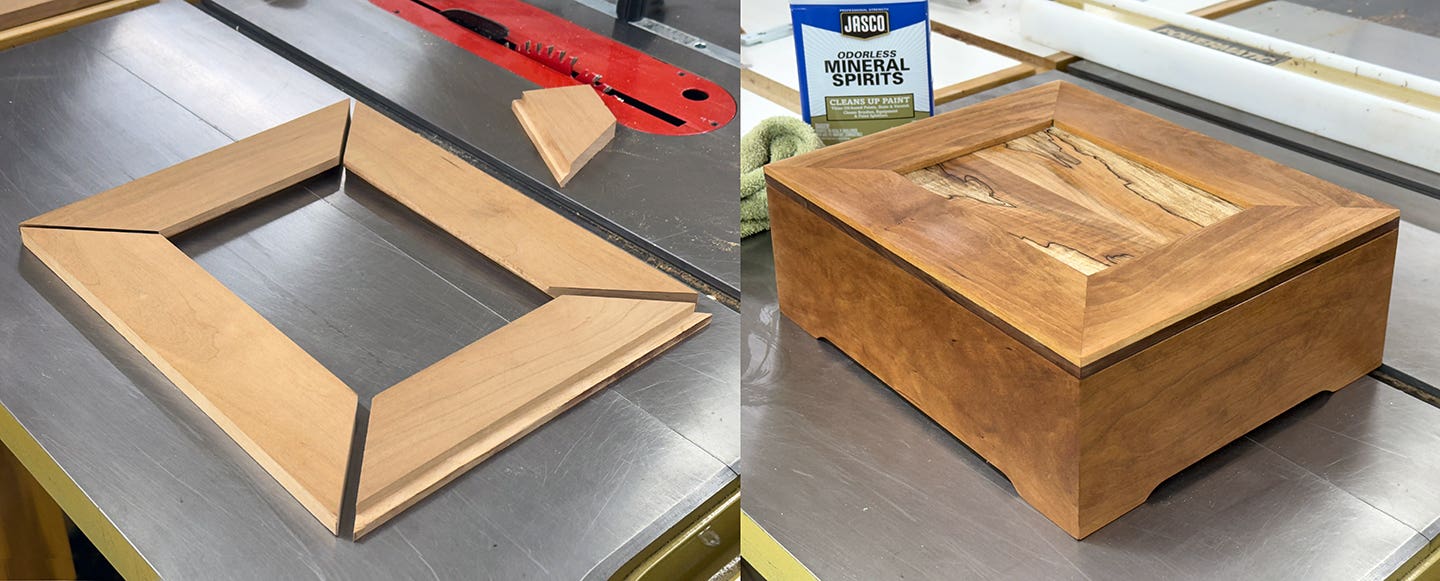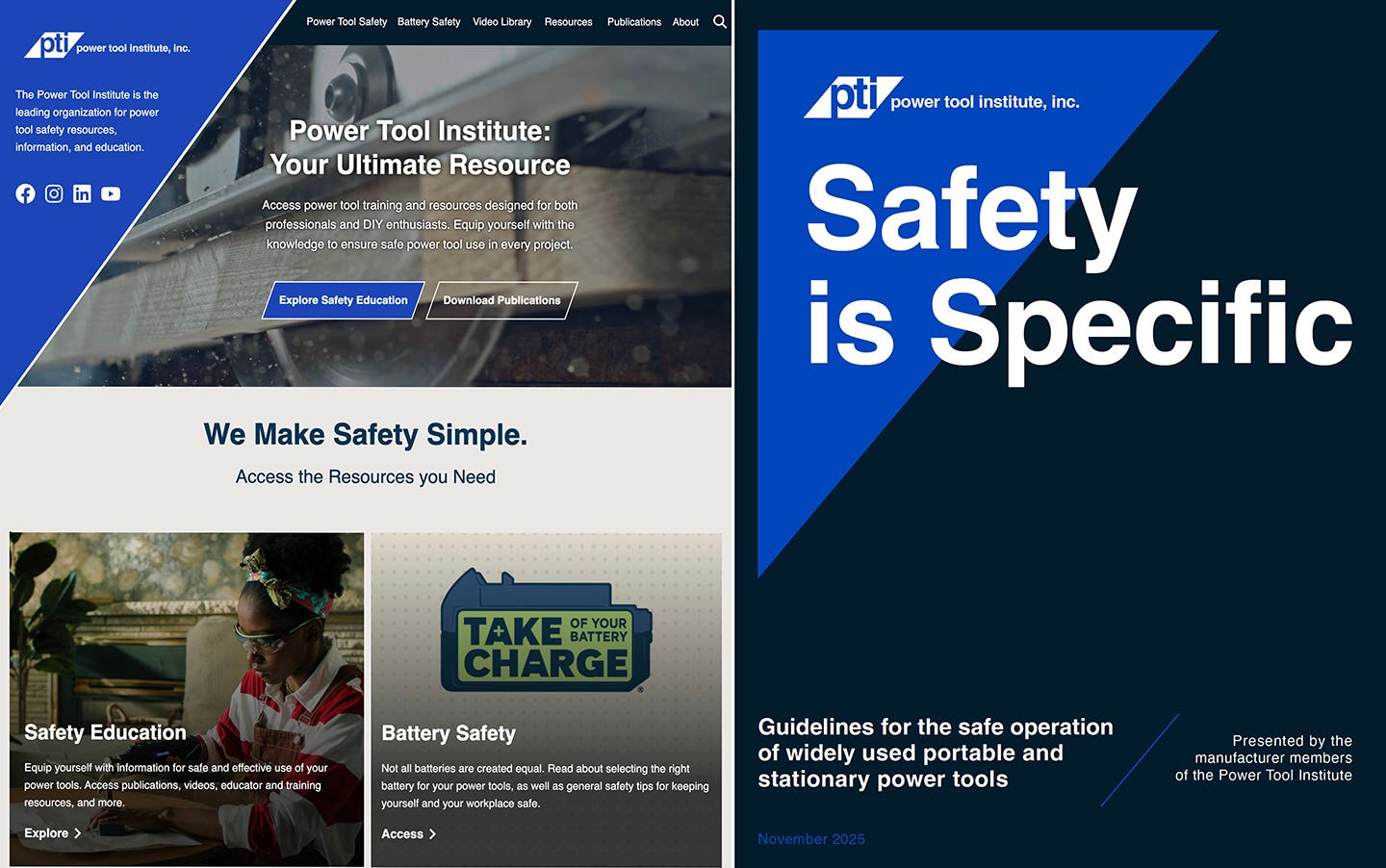HVLPs evolution is an interesting story
High-volume, low-pressure spray technology has been in wide use for almost a quarter century and has become so dominant that the old high-pressure guns, which first became available in the…
High-volume, low-pressure spray technology has been in wide use for almost a quarter century and has become so dominant that the old high-pressure guns, which first became available in the early 20th century, are difficult to find anymore.
High-pressure spray guns operate with compressed air. The air is stored in a tank and fed to the spray gun through a hose. As the air exits small holes in the air cap, it turns a stream of liquid into a fine mist and propels it toward the workpiece.
This is a great technology, but it has the downside of creating a lot of bounce-back — the spray under high pressure bounces back off the surface only to be exhausted into the atmosphere. The result is a lot of wasted finish (and also a cloud of unhealthy-to-breathe mist in the work area if the exhaust isn’t adequate).
The wasted finish had never been an issue, but the exhaust became one during the 1970s when society turned its attention to cleaning up the environment. The exhausted solvents contribute to air pollution.The area of the country most concerned with air pollution was (and is) the Los Angeles valley. A government entity called the South Coast Air Quality Management District, comprised of five counties, was set up to try to reduce this pollution.
An alternative technology
There existed an alternative source of air. It dates back at least to the 1930s and the Kirby vacuum cleaner, which came with a little spray gun in its accessory kit. This gun attached to the vacuum cleaner’s air outlet and could be used to spray thin liquids, primarily soapy water for cleaning carpets and fabrics.
Vacuum-cleaner motors produce a high volume of air with very little air pressure — the opposite of compressed air. The most efficient way to use high volume air to atomize liquids is to let it pass unhindered through a spray gun and through larger or more numerous holes in the air cap.
A small European company called Simco developed a dedicated and more efficient (compared to the Kirby) spray gun to use with vacuum-cleaner motors. This spray gun is still around and has been copied by many companies.
A French company, Volumaire, was probably the first to adopt this technology in the early 1960s to produce a stand-alone spray system (not attached to a vacuum cleaner). It had very low power and consisted of a small, box-mounted vacuum motor (now called a turbine), a hose and a crudely designed metal spray gun.
In 1966, an English company, Apollo Sprayers, improved on the technology and took it to a professional level. The company established a branch near Los Angeles in 1982 (becoming independent in 1991) to market in the U.S. But the market was small.
The critical turn came in 1984 when Apollo Sprayers submitted independent laboratory tests to the South Coast Air Quality Management District demonstrating that their turbine system could produce more than 80 percent transfer efficiency (the ratio of the amount of finish left on the work surface to the total amount sprayed). The “Turbo Spray System,” as it was then called, produced a “soft” spray with much less bounce-back, so far less solvent was exhausted into the atmosphere.
It was the California government agency that came up with the name “high-volume, low pressure” and its acronym HVLP.
Around 1986, the agency began requiring the use of HVLP or other technology that produced at least 65 percent transfer efficiency, approximately double that of the traditional high-pressure technology.
The agency thus created a market for turbine HVLP systems beyond just their advantages of reduced waste, less expense and portability. Aided by positive articles in woodworking magazines and countless demonstrations at woodworking shows, the market quickly spread from Southern California to the rest of the country.
Features added
The original turbine HVLP spray guns were simple unobstructed “bleeder” types. That is, the air continued to flow through the gun until the motor was turned off — whether or not the trigger on the gun was pulled. Also, early guns often had no fan-width control knob.
Both were unlike traditional high-pressure spray guns. So manufacturers added non-bleeder systems and fan-width control knobs to more closely duplicate what people were used to, even though the bleeder and control-knob-free spray guns worked perfectly well. (I can attest to this from my personal experience.)
Non-bleeder systems work by bleeding off the air before it reaches the gun, usually at the turbine. The turbine keeps running until it is turned off, but the air no longer passes through the spray gun when the trigger is released.
As the market grew, larger motors with more fan blades became available and manufacturers incorporated them into their turbines. The number of fan blades attached to a motor came to be called “stages.” Three-stage turbines became common.
Now there are turbines with as many as five stages. Each stage adds a little less than 2 psi at the air cap, so a five-stage turbine produces close to 10 psi, which is the maximum allowed at the air cap to qualify as HVLP. The higher the psi, the better the atomization when spraying thicker coatings.
Compressed-air HVLP
For a while, the only air source available for HVLP spray guns was a turbine, so companies making these systems had the entire American market to themselves. Manufacturers of compressed-air spray guns were reluctant to enter the market, but they slowly relented. They didn’t want to be shut out of Southern California; they were being challenged in the industrial market by European spray-gun manufacturers who had been making compressed-air HVLP spray guns for years; and they could clearly see the advantage of a soft spray for reducing waste.
To engineer a gun to spray a soft 10 psi-or-less spray, manufacturers “pinched” the high-pressure air as it came through the spray gun, then widened the passageway so the pressure decreased and the volume increased. To maintain the same quality of atomization with the high-volume air, they made the holes in the air cap larger and added more of them. (Air-cap design is critical for good results.)
The first American compressed-air HVLP spray guns appeared in the late 1980s, but they were met with resistance, especially among discriminating auto-body finishers. The body guys didn’t think they got as good an atomization with the HVLP guns, and they grew to like the gravity-feed guns coming in from Europe better than the siphon-feed guns supplied by American manufacturers.
By 2000 or so, American manufacturers had caught up with the Europeans (including gravity-feed guns), and compressed-air HVLP came to dominate most professional markets.
Bob Flexner is author of “Understanding Wood Finishing” and “Flexner on Finishing.”
This article originally appeared in the November 2011 issue.







